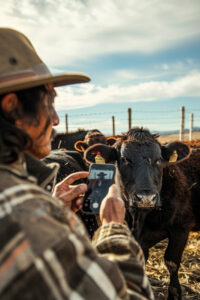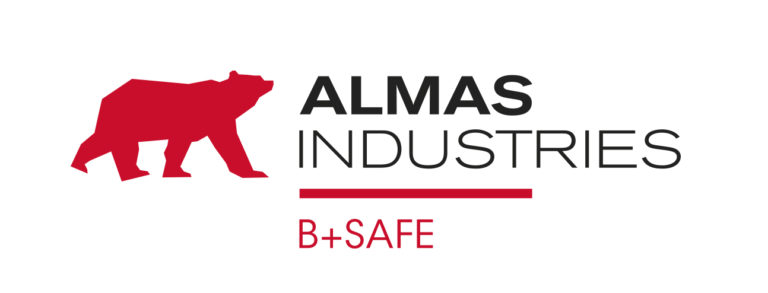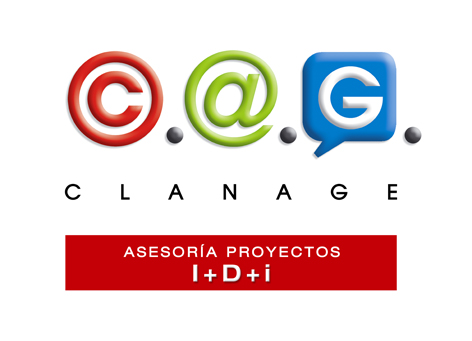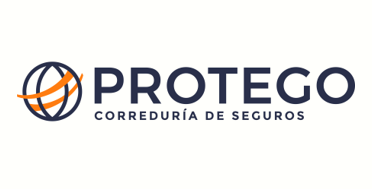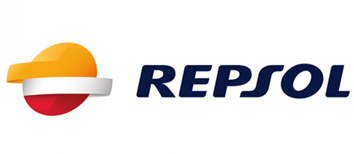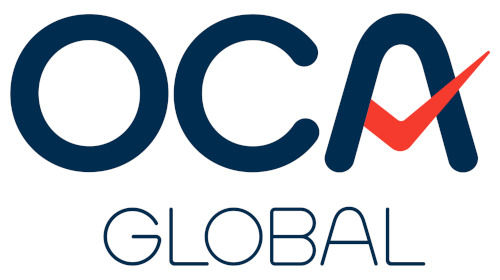The food industry is in a moment of transformation driven by technological advances, changes in consumer preferences and a growing demand for sustainability.
According to Food Tech magazine, based on a report by Bright Green Partners, these will be some of the trends in this agri-food sector for 2025:
Plant-based foods and cell culture
Alternative foods will continue to gain ground in 2025, led by plant-based products and laboratory-grown meat.
Blockchain technology in food traceability
In 2025, this technology will allow consumers and producers to have a clear and reliable view of the entire journey of a product, from farm to table.
Artificial Intelligence and Big Data
By 2025, these tools will be essential in all stages of the food industry, from production to distribution. This will achieve: Precision agriculture, Demand prediction; Customized products; Improving efficiency, reducing costs and personalizing the consumer experience.
Smart and sustainable packaging
Smart packaging, incorporating technologies such as sensors and digital labels, along with biodegradable materials, will be a trend.
Automation and robotics in food production
Automation is redefining food production with collaborative robots (cobots): Designed to work alongside humans; Automated production lines and Robotic kitchens.
Functional foods and customization
Technology will allow for greater customization of diets thanks to: Precision nutrition; Personalized supplements and Use of superfoods.
Circular economy and zero waste
In 2025, we will see more initiatives focused on reusing resources and reducing the environmental footprint such as Upcycling: Transformation of by-products and food waste into new value-added products.
3D printing of food
In 2025, this technique will allow the creation of personalized foods with complex designs and nutritional compositions specially adapted for haute cuisine restaurants.
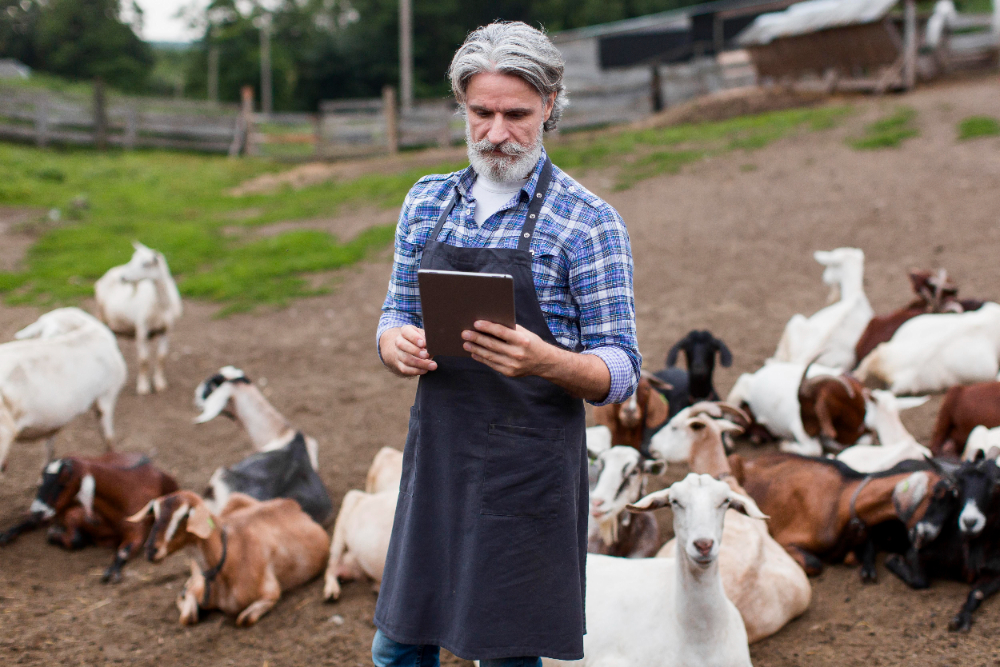
With special emphasis on the meat sector, the same magazine pointed out in an article in October 2024 what the meat of the future should be like, taking into account that the 17 objectives within the framework of sustainable development of the United Nations 2030 Agenda must be met, specifically with the following objectives:
3: Health and well-being
4: Clean water and sanitation
9: Development in industry, innovation and infrastructure
12: Responsible production and consumption
13: Action for the climate
15: Life of terrestrial ecosystems
With all this, the meat of the future, according to this article, must be of quality, sustainable and traceable, qualities that will be achieved thanks to the 8 trends that we have outlined above.
You may also be interested in
- ¿Cuáles son las 10 tendencias que se consolidarán en la industria agroalimentaria?
- Cambios de hábitos de consumo y tendencias en la carne fresca, según AECOC: menos fresco y más preparado
- Tendencias en la alimentación en 2023
